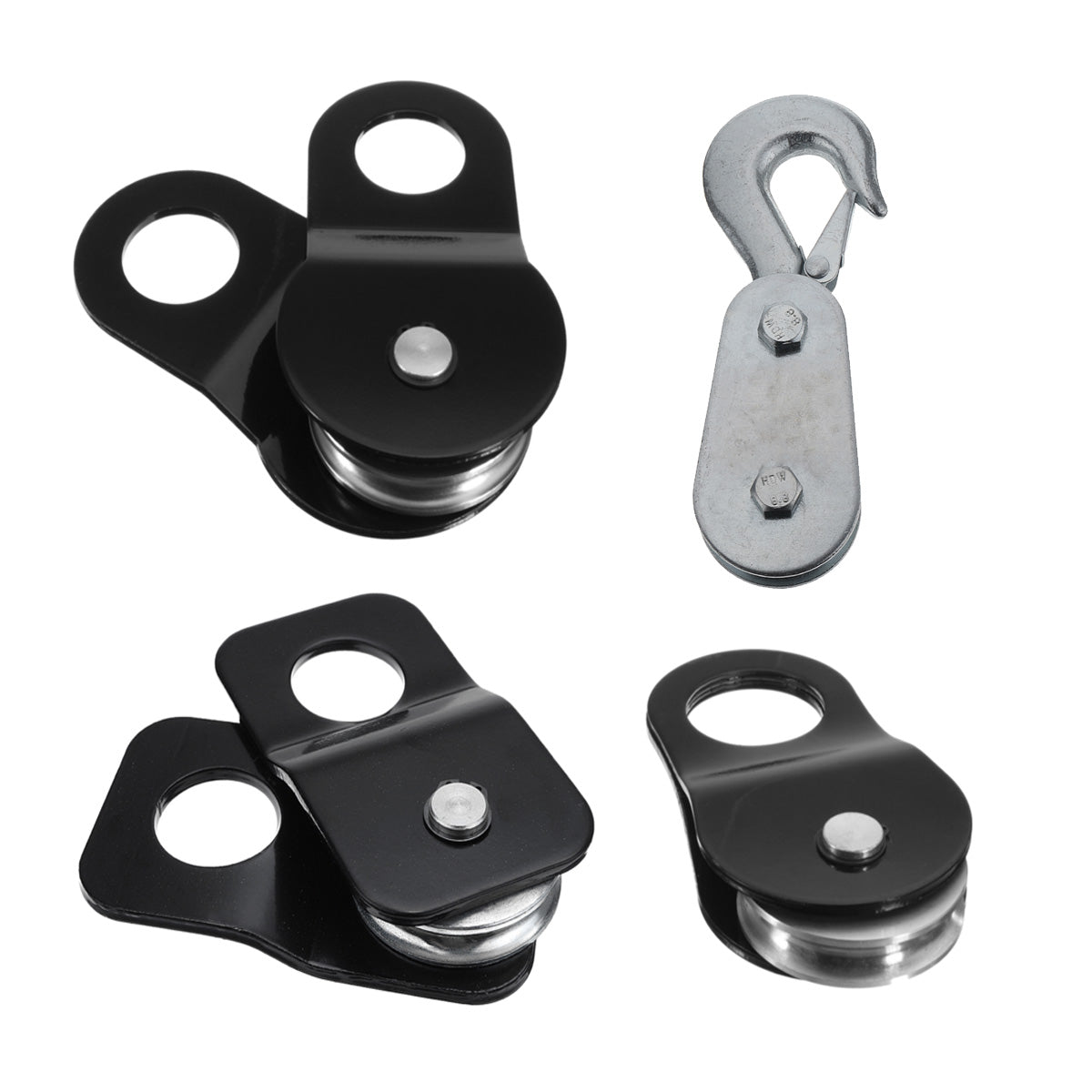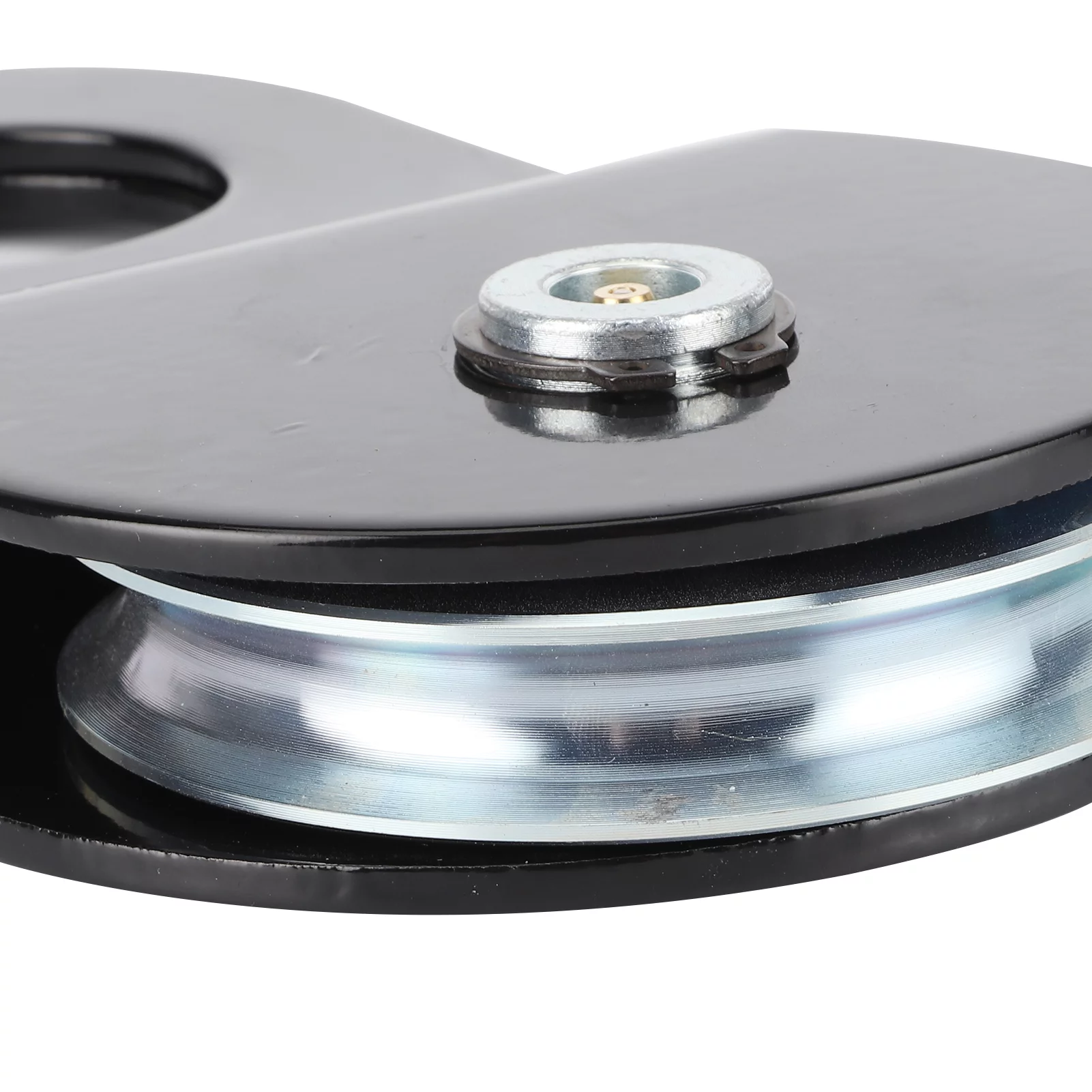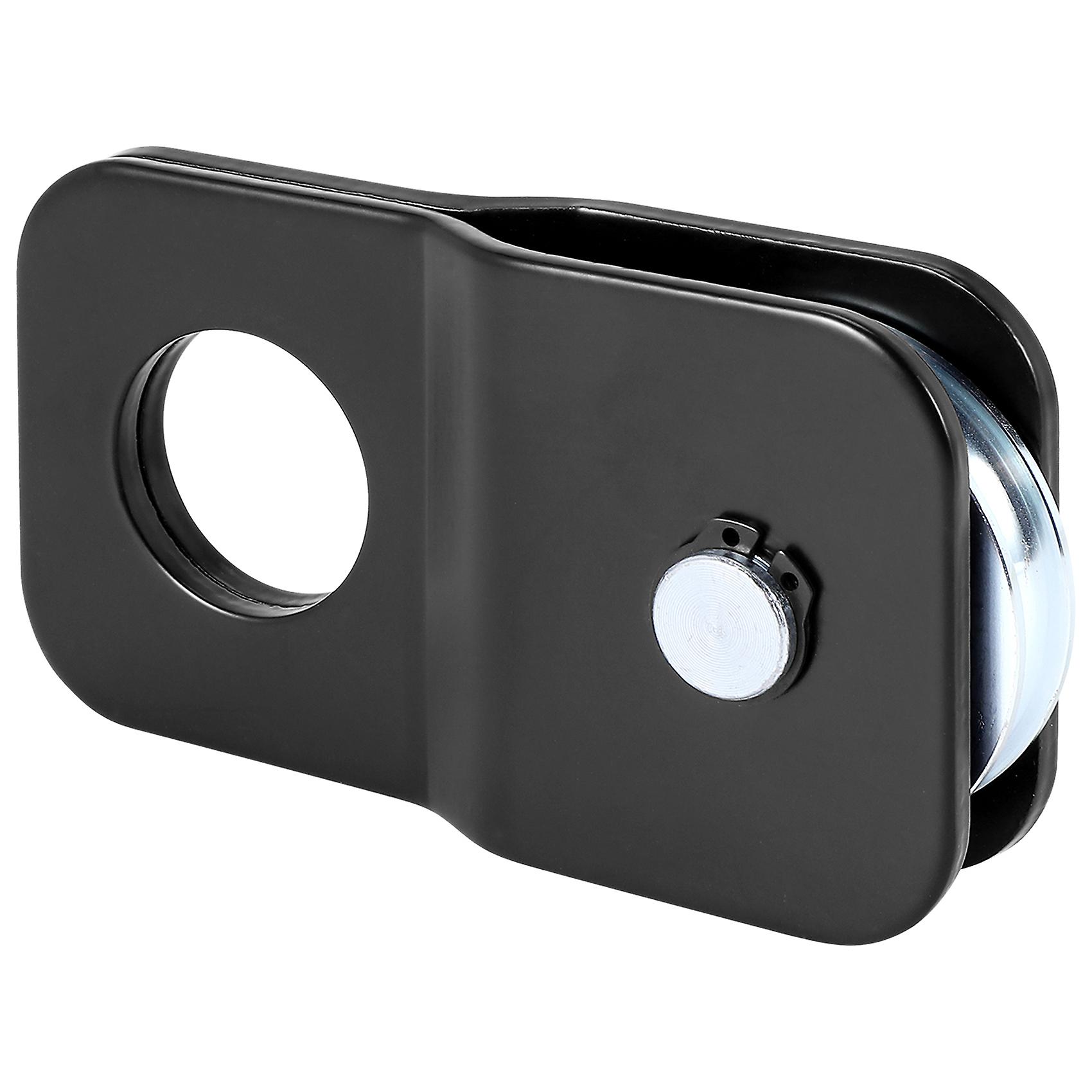Product Description
OEM or ODM service available
Special sizes can be produced according to customers' requirements.
Mainly used in Truck and Trailer .
Customized requirements are welcome!
| Commodity name | Snatch Bolcok |
| Brand name | XIHU (WEST LAKE) DIS. |
| Usage | Towing |
| Main standard | US, EN, DIN |
| Material | Aluminum, Carbon steel, Alloy steel, Stainless steel 304 or 316 |
| Main Type | US type G209,G210,G2130,G2150,Europe Dee & Bow type, JIS Dee & Bow type, Plate shackle |
| Finish | Hot Dipped Galvanized, Electro Galvanized, Color Painted, High polished, Mirror Polished |
| Technology | Drop Forged, Casting, Polished |
| Size | Different size available ( 4T 8T 10T) |
| M.O.Q | 100PCS per Size |
| MBS | 6 times WLL or 4 times WLL |
| Packing | Gunny bag or carton and pallet / by customer requirements. |
| Delivery time | 15-30days after order confirmation |
| Payment term | T/T, L/C, Western Union |
| Business type | Manufacturer, trading |
| Certifications | ISO9001,CE,BV,SGS |
| Notes | Special specifications and marks can be made according to customers requirements. |
|
Question |
Answer |
|
1Can you offer OEM &ODM? |
Our company accept OEM&ODM, if your need it, please inform us of your specific requirements. |
|
2What is the MOQ of your rgging product |
The MOQ is different due to different kinds of rigging accessory, mix orders is ok and 100pieces can also be accept |
|
3 I don't trust your products quality, can you provide samples? |
Yes, we can offer you samples, but you need to pay ,the sample fee will refund to you after your first order. |
|
Are you a factory or a trade company? |
We are factory , welcome to visit our factory at any time. |
|
How to start Trainler Parts business?smart home system |
1) HangZhou Xihu (West Lake) Dis. Rigging Co., LTD provide you professional suggestion and solution of Trailer Parts CHINAMFG your needs. TAIYITO Wireless Zigbee Home Automation Devices |
| After-sales Service: | 24hours Online |
|---|---|
| Warranty: | One Years |
| Type: | Winch Pully Block |
| Certification: | ISO, CE |
| Loading Weight: | 4t 8t 10t |
| ABS: | Without ABS |
| Customization: |
Available
| Customized Request |
|---|

What maintenance procedures are required to keep winch pulleys in good condition?
To keep winch pulleys in good condition and ensure their optimal performance, several maintenance procedures should be followed. Here is a detailed explanation:
Regular maintenance is essential for the longevity, reliability, and safe operation of winch pulleys. By performing the following maintenance procedures, you can keep winch pulleys in good condition:
- Cleaning: Regularly clean the winch pulleys to remove dirt, debris, and other contaminants that can accumulate over time. Use a soft brush or cloth to gently scrub the pulleys and remove any buildup. Pay special attention to the grooves, sheaves, and bearing areas. Avoid using harsh chemicals that can damage the pulleys or compromise their integrity.
- Inspection: Conduct thorough inspections of the winch pulleys to identify any signs of wear, damage, or defects. Look for cracks, corrosion, bent or broken parts, or excessive wear on the sheaves or bearings. Check the cables, ropes, or straps for fraying, kinks, or signs of weakening. If any issues are detected, repair or replace the affected components promptly.
- Lubrication: Apply appropriate lubrication to the winch pulleys to ensure smooth and efficient operation. Use lubricants recommended by the manufacturer, such as silicone-based or synthetic lubricants. Apply the lubricant to the bearing surfaces, sheaves, and other moving parts as per the manufacturer's guidelines. Avoid over-lubrication, as it can attract dirt and debris.
- Bearing Maintenance: Winch pulleys often have bearings that require maintenance. Check the manufacturer's recommendations for bearing maintenance intervals and procedures. Clean and inspect the bearings regularly, and replace them if signs of wear or damage are present. Ensure that the bearings are properly lubricated to reduce friction and maintain their performance.
- Alignment: Check the alignment of the winch pulleys to ensure they are properly aligned with the cables, ropes, or straps. Misalignment can cause premature wear, increased friction, and reduced efficiency. Adjust the pulleys as necessary to ensure proper alignment and smooth operation.
- Load Testing: Periodically perform load testing to verify the load capacity and performance of the winch pulleys. Follow the manufacturer's guidelines for load testing procedures and use appropriate equipment to apply controlled loads. Load testing helps identify any potential issues with the pulleys and ensures they can safely handle the intended loads.
- Storage: If winch pulleys are not in use for an extended period, store them in a clean and dry environment. Protect them from moisture, extreme temperatures, and corrosive substances. Consider using protective covers or storage containers to prevent dust accumulation and potential damage during storage.
- Manufacturer's Recommendations: Always refer to the manufacturer's recommendations and guidelines for specific maintenance procedures and intervals. Different winch pulleys may have unique maintenance requirements or specific considerations. Adhering to the manufacturer's instructions ensures that the maintenance procedures are appropriate for the particular winch pulleys being used.
By following these maintenance procedures, you can keep winch pulleys in optimal condition, prolong their lifespan, and ensure safe and reliable operation. Regular maintenance not only enhances the performance of winch pulleys but also helps prevent potential failures or accidents during lifting and pulling operations.

How is the size and design of a winch pulley selected for specific applications?
The size and design of a winch pulley are selected based on several factors specific to the intended application. Here is a detailed explanation of how the size and design of a winch pulley are chosen for specific applications:
Load Capacity: The first consideration in selecting a winch pulley is the anticipated load capacity. The pulley must be able to handle the maximum load that will be encountered during the lifting or pulling task. The load capacity is determined based on the weight of the load and any additional factors such as shock loads or dynamic forces that may be present. The pulley should have a load rating that exceeds the expected maximum load to ensure safe and reliable operation.
Wire Rope or Cable Diameter: The size of the winch pulley should be compatible with the diameter of the wire rope or cable that will be used. The pulley sheave should be designed to accommodate the specific diameter of the rope or cable to ensure proper engagement and prevent excessive wear or damage to the rope. It is important to match the pulley size to the rope or cable diameter specified by the manufacturer or industry standards.
Sheave Diameter: The diameter of the sheave, or the wheel of the winch pulley, is another critical factor. The sheave diameter affects the mechanical advantage and the line speed of the winching operation. A larger sheave diameter provides a greater mechanical advantage but reduces the line speed. Conversely, a smaller sheave diameter offers less mechanical advantage but increases the line speed. The selection of the sheave diameter depends on the specific requirements of the application, considering factors such as the desired pulling power, load control, and speed of operation.
Material and Construction: The material and construction of the winch pulley should be chosen based on the environmental conditions and the demands of the application. Common materials for winch pulleys include steel, stainless steel, and high-strength polymers. Steel pulleys offer excellent durability and strength but may be susceptible to corrosion in certain environments. Stainless steel pulleys provide corrosion resistance but may have a higher cost. High-strength polymer pulleys are lightweight and corrosion-resistant, making them suitable for marine or outdoor applications. The pulley design should also account for factors such as bearing type, lubrication, and overall robustness to withstand the anticipated loads and operating conditions.
Application-Specific Requirements: Different applications may have unique requirements that influence the selection of the winch pulley. For example, in marine applications, pulleys designed for saltwater resistance may be required. In off-road recovery scenarios, pulleys with features such as self-cleaning grooves or high-visibility colors may be preferred. It is important to consider any specific requirements or regulations that apply to the intended application and select a winch pulley that meets those criteria.
Manufacturer's Recommendations: Finally, it is crucial to consult the manufacturer's recommendations and specifications for the winch system. The manufacturer can provide guidance on the appropriate pulley size and design based on their product's capabilities and limitations. They may also offer specific pulley options or kits that are optimized for certain applications or winch models.
By considering factors such as load capacity, wire rope or cable diameter, sheave diameter, material and construction, application-specific requirements, and manufacturer's recommendations, the size and design of a winch pulley can be selected to ensure safe and efficient operation in specific applications.

Can you explain the components and design features of a winch pulley?
A winch pulley consists of several components and incorporates specific design features to ensure its functionality and durability. Here is a detailed explanation of the components and design features of a winch pulley:
- Sheave: The sheave, also known as the wheel or pulley wheel, is a central component of the winch pulley. It is a grooved wheel that guides the winch cable or rope. The sheave typically has a V-shaped groove or multiple grooves to ensure proper alignment and secure grip on the cable or rope. The size and design of the sheave may vary depending on the intended application and load capacity of the winch pulley.
- Frame or Housing: The sheave is mounted on a frame or housing, which provides support and stability for the winch pulley. The frame is designed to hold the sheave securely in place and withstand the forces and loads encountered during winching operations. It may have a compact and lightweight design for portable winches or a more robust and heavy-duty construction for industrial or off-road applications.
- Attachment Point: The frame of the winch pulley typically includes an attachment point, such as a hook or a shackle, for connecting the pulley to an anchor or a load. This attachment point allows for secure and reliable connection, ensuring that the pulley can effectively transmit the pulling force between the winch and the load.
- Materials: Winch pulleys are commonly made from durable and high-strength materials to withstand the demanding conditions of winching operations. Steel is a commonly used material for winch pulleys due to its strength and resistance to wear and deformation. Some winch pulleys may also incorporate high-strength alloys or other specialized materials to enhance performance and longevity.
- Bearings: Bearings are critical components of winch pulleys as they enable smooth rotation of the sheave. High-quality bearings are used to minimize friction and ensure efficient operation. The bearings may be sealed or shielded to protect against contaminants and maintain proper lubrication, enhancing the overall durability and performance of the winch pulley.
- Load Rating: Winch pulleys have specific load ratings that indicate their maximum capacity to handle loads. The load rating is determined based on factors such as the strength of the materials used, the design of the sheave, and the overall construction of the winch pulley. It is important to select a winch pulley with a load rating suitable for the intended application to ensure safe and efficient operation.
- Finish and Coating: Some winch pulleys may incorporate finishes or coatings to enhance their performance and durability. For example, a corrosion-resistant coating or plating can be applied to protect the winch pulley from rust and corrosion, particularly in outdoor or marine environments. Surface treatments may also be used to reduce friction, improve wear resistance, or enhance the pulley's overall performance.
In summary, a winch pulley consists of components such as the sheave, frame or housing, attachment point, bearings, and may incorporate materials, load ratings, and finishes or coatings. The sheave guides the winch cable or rope, while the frame provides support and stability. The attachment point allows for secure connection, and high-quality bearings ensure smooth rotation. The materials used are durable and high-strength, and the load rating indicates the maximum capacity of the winch pulley. Finishes and coatings can be applied for protection and improved performance. These components and design features collectively contribute to the functionality, durability, and reliability of winch pulleys in various winching applications.


editor by CX
2023-12-04